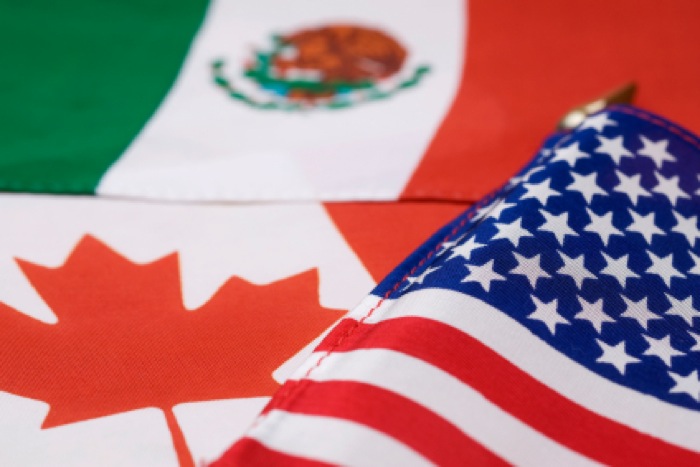Over the past few weeks, there has been some great news coming out of Mexico’s energy sector.
First, there was the announcement that a consortium of international energy companies had discovered enormous shallow water oil reserves in a previously unexplored bloc. These companies won the rights to explore the field two years ago during the energy reform’s first public bidding round, and it now appears that their risk will be paid off with an abundance of black gold. Yet it’s not just the companies that will benefit; it’s a boost for the energy reform writ large and also for the Mexican government’s tax coffers (as they are set to rake in 83 percent in taxes over the project’s lifetime). This past week, I also met with U.S. Secretary of Energy Rick Perry while he was in Mexico City to highlight our strong and vitally important cross-border energy integration. As other parts of the bilateral relationship are looking tense, this is one area where the two countries are moving ever closer together.
Yet there is still a fair share of bad news coming out of Mexico, and in some cases it’s getting worse. The country’s murder rate has skyrocketed this year, with 11,155 people killed from January through May alone (a 32% increase from last year), including seven journalists. Corruption allegations have also shown no signs of abating. Over the past year, the federal government took the positive step of indicting several corrupt governors, but so far there have been few steps toward seriously prosecuting them or rewriting the rules to make sure that others can’t follow in their illicit footsteps. Public frustration over this combination of ineffectiveness and inaction came to a boil when the Mexican government was accused of using top-secret technology to spy on not just organized criminal groups but also public intellectuals, journalists, and human rights investigators.
Finally, there is one news item that can only be categorized by its profound uncertainty: the NAFTA renegotiations. These discussions are scheduled to begin in early fall, after the United States wraps up its 90-day notification period (it has already collected more than 12,000 public comments and held three days of public hearings). On Monday, the U.S. government published its “Summary of Objectives for the NAFTA Renegotiation,” which covers broad swaths of North America’s $1 trillion in cross-border trade. But the negotiators will have to move fast, as they’ll be under intense pressure to wrap up discussions by early 2018, before Mexico’s presidential campaigns pick up steam.
To follow all the latest bilateral and trilateral developments, the Mexican Council on Foreign Relations, COMEXI, and the Bush Center are doing an excellent job at creating smart North America-focused content. In a recent report, COMEXI lays out various recommendations for “Redefining the Bilateral Relationship,” across the NAFTA negotiations, bilateral security, the border, and migration – highlighting not just policy divergences but the many areas where the United States and Mexico’s interests align. Meanwhile, the Bush Institute’s North American Competitiveness Initiative continues to be an excellent resource for in-depth context and recommendations on boosting our region’s prosperity and security.
Original Post:


